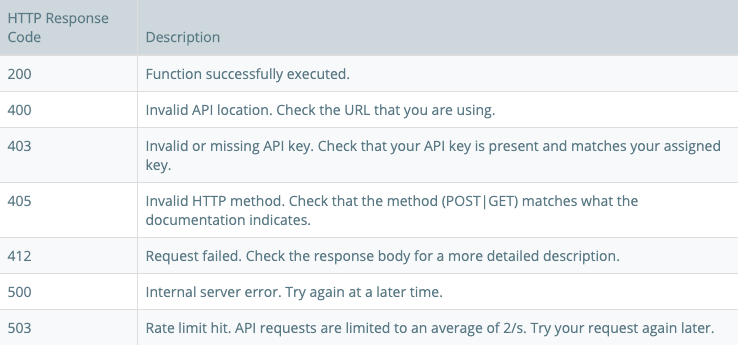How to start with the Fuga API
Estimated time to read: 3 minutes
In this tutorial, we explain the functionality and the use of the API endpoints in Fuga Cloud.
Prerequisites
For this tutorial, you need the following:
- An active Fuga Cloud account
- Access to Fuga API Endpoints
HTTP responses
Using the API
With Fuga Cloud API, you can launch server instances, create images, assign metadata to instances and images, create storage containers and objects, and complete other actions in Fuga Cloud. It allows users, such as developers, to build scripts that automate hardware resources and workflows.
Authentication
For any API request that requires authentication, you need to send the ‘X-Auth-Token: ’ HTTP header.
CloudFormation (Heat)
Heat tool is a CLI which communicates with the heat-api to execute AWS CloudFormation APIs.
Compute (Nova)
Through this API, the service provides scalable, on demand, self-service access to compute resources.
Container-infrastructure (Magnum)
Magnum is an OpenStack API service, making container orchestration engines such as Docker Swarm, Kubernetes, and Apache Mesos available as first class resources in OpenStack.
Fuga isn't using Magnum anymore, we now use Gardener as Backend for our Enterprise Managed Kubernetes (EMK)
Read more: https://fuga.cloud/emk/
DNS (Designate)
Allows users and operators to manage DNS records, names and zones via a REST API and existing DNS name servers can be configured to contain those records.
Format
The API reference is available in CSV, JSON, table, value and YAML.
Identity (Keystone)
The Identity service generates authentication tokens that permit access to the OpenStack services REST APIs. Clients obtain this token and the URL endpoints for other service APIs by supplying their valid credentials to the authentication service.
Image (Glance)
Glance image services include discovering, registering, and retrieving virtual machine (VM) images. Glance has a RESTful API that allows querying of VM image metadata as well as retrieval of the actual image.
Key-manager (Barbican)
The Secret Metadata resource is an additional resource associated with Secrets. It allows a user to be able to associate various key/value pairs with a Secret.
Load-balancer (Octavia)
The load balancing is essential to enable simple or automatic scalability and availability. This should be considered essential features of any cloud.
Network (Neutron)
The Networking API is a RESTful HTTP service that uses all aspects of the HTTP protocol including methods, URIs, media types, response codes, and so on.
Object-store (Swift)
The Object storage is a highly available and can be accessed directly through APIs or HTTP(s). You create, modify, and get objects and metadata by using the Object Storage API, which is implemented as a set of Representational state Transfer (REST) web services.
Orchestration (Heat)
Heat is a service to orchestrate composite cloud applications using a declarative template format through an OpenStack-native REST API.
Placement
The placement service enables other projects to track their own resources. Those projects can register/delete their own resource to/form placements via the placement HTTP API.
Rating (CloudKitty)
CloudKitty allows metric-based rating: it polls endpoints in order to retrieve measures and metadata about specific metrics, applies rating rules to the collected data and pushes the rated data to its storage backend.
S3 (AWS Object-store)
S3 is a product from Amazon, and as such, it includes “features” that are outside the scope of Swift itself. Swift doesn’t have anything to do with billing, whereas S3 buckets can be tied to Amazon’s billing system.
Search
The OpenStack search provides an API that presents an interface for querying the various resources available in Fuga Cloud. It creates an index, and keeps it updated.
Time and Date
All time and date fields returned by this API are displayed in UTC.
Volume (Cinder)
Volumes can be attached to an instance for additional storage capabilities. All features of Cinder are exposed via a REST API that can be used to build more complicated logic or automation with Cinder.
Service Endpoints
Fuga Cloud offers several endpoints for services. In our dashboard there is always a current list of services and their endpoints available: https://my.fuga.cloud/account/api-endpoints
